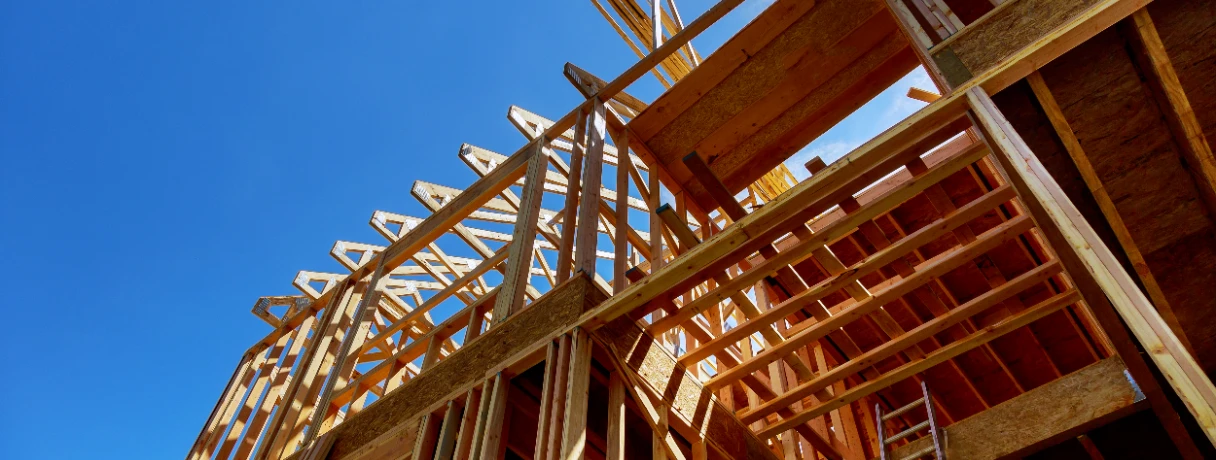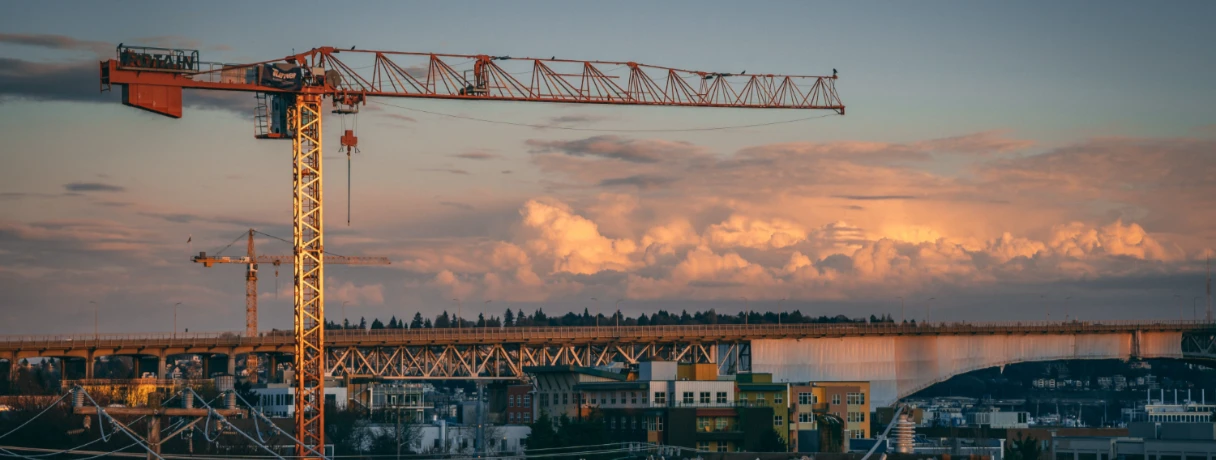After week-long late nights spent on a tender takeoff, you submit your bid only to realize that you underestimated by thousands of dollars in concrete. You’re now left wondering if it was an estimating error or a faulty verification of the takeoff quantities.
Accurate takeoff in bidding holds the ground with precision and allows contractors plenty of time to fine-tune their estimates, propose value engineering, and get pricing from suppliers. Because winning isn’t just about offering the lowest price, it’s about realistically estimating errors while ensuring tender accuracy.
In construction, tenders need to be competitive, profitable, and backed by precise quotations. The need for accurate takeoffs in bidding kicks in here, at the stage of quantifying materials. Using construction takeoff software not only provides you the basis to prepare labor & equipment estimates but also determines your tender accuracy. Accurate takeoff in bidding leads to strong tenders, which increase the chances of winning projects, maintaining profitability, and building a trustworthy reputation as a go-to supplier in the market.
Tenders in Construction: Definition, Types and Significance
Every big project needs the right team to bring it to life. But how do organizations and project owners choose the best company for the job? This is where tenders come in.
A tender is a competitive process where companies bid to win contracts for projects and the client panel reviews these bids, ensuring transparency, fair competition, and the best possible outcome. For the contractor, tender is not just about offering the lowest price—it’s about proving expertise, meeting project requirements, and offering the best value to the client.
Tenders help organizations find the right company for a project. But not all tenders work the same way. Here are three main types:
- Open Tenders – Anyone can apply. These are publicly advertised, ensuring fair competition and transparency.
- Selective Tenders – Only invited companies can bid. This saves time and ensures only experienced firms participate.
- Negotiated Tenders – A contract is given through direct negotiation with one company, usually for specialized or urgent projects.
Each type ensures the right company is chosen based on fairness, expertise, and efficiency of tenders.
But let’s be real, traditional tendering can be a slow and frustrating process. Sorting through countless bids, verifying pricing, and ensuring fairness can feel like an uphill battle. Mistakes happen, delays pile up, and sometimes, the best contractor doesn’t win because their proposal was buried under a mountain of paperwork. This brings to us three main challenges:
- How can SCs speed up the process of bid submission to the project owner?
- How to improve the tender accuracy and secure profitability in the project?
- How to be failproof in estimating errors and avoid common tender errors?
If we observe carefully, all these three issues are solvable with a single solution- Accurate Takeoff in Bidding, and contractors today are making it happen with AI-based automated takeoffs.
Common Tender Errors Due to Inaccurate Takeoffs

Mistakes in tendering often come from inaccurate material calculations. Here are three common errors that can cost a company the contract:
- Missing critical details: Leaving out key project scope areas can result in an incomplete bid, leading to disqualification. Forgetting safety provisions or equipment mobilization costs can lead to unnecessary questions during bid evaluations.
- Overestimating quantities: If costs are too high, the bid becomes uncompetitive, reducing the chances of winning. Just imagine adding extra square footage 'just in case' pushes your bid above competitors.
- Underestimating material or labor costs: If the bid is too low, the project may become unprofitable, leading to financial losses. For instance, if you miss the extra excavation needed for drainage ditches, suddenly your bid is thousands short, destroying profit margins.
Accurate quantity takeoffs are crucial for a successful tender. If quantity takeoffs are done correctly, estimators are able to create a competitive bid that ensures fair pricing, project feasibility, and a better chance of securing the contract.
Role of Accurate Takeoff Quantities in Improving Tender Accuracy

A 2024 survey1 by RSMeans found that inaccurate cost estimates resulted in cost overruns in 45% of building projects, underscoring the critical role of accurate takeoff quantities in improving tender accuracy. Accurate takeoff quantities are important in winning tenders and ensuring project success. When quantities are precisely measured, companies can:
- Estimate budgets accurately: Knowing the exact material and labor requirements helps in preparing a competitive yet realistic bid.
- Avoid cost overruns: Underestimations can lead to budget shortages, while overestimations can make the bid uncompetitive.
- Prevent project delays: Proper planning ensures that all resources are accounted for, reducing unexpected disruptions.
- Winning with the right price: Precise estimates ensure bids are competitive yet profitable, avoiding costly underbidding or overpriced proposals.
- Build client trust: A well-prepared bid reflects professionalism, reliability, and attention to detail, making a strong impression on decision-makers.
Benefits of Accurate Takeoffs Beyond Tender Submission

Accurate takeoffs help in winning tenders and shape the entire project’s success from start to finish. When estimates are precise, companies experience several key benefits:
- Fewer disputes and change orders: A well-prepared bid reduces the risk of unexpected cost adjustments, minimizing conflicts between contractors and clients. This ensures smoother project execution without costly renegotiations.
- Stronger financial control: Accurate takeoffs help in realistic budgeting, preventing cash flow issues, and allowing better resource allocation throughout the project. Companies can forecast expenses with confidence, avoiding last-minute financial strain.
- Enhanced reputation and trust: Delivering projects on time and within budget builds credibility in the market. Clients value reliability, and a track record of precise planning leads to repeat business and new opportunities.
And accurate takeoffs don't just help your company; they help you, as an estimator, spend less time correcting mistakes and more time perfecting pricing strategies, improving client relationships, and increasing your bid win rate.
Beyond Accurate Takeoffs: Tackling Tender Challenges
While accurate takeoffs form the foundation of a strong bid, contractors also face broader challenges throughout the tendering cycle—like tight submission deadlines, incomplete documentation, and evaluating unqualified bids. Addressing these pain points is just as critical as quantity precision. If you want a deeper look at these recurring tender issues and practical solutions, check out blog 3 Challenges in the Construction Tender Process (And How You Can Solve Them).
Conclusion
Accurate takeoffs are foundational to tender success, directly impacting a contractor’s ability to submit competitive bids, control costs, and execute projects smoothly. Precision in estimating material quantities prevents costly errors, minimizes disputes, and strengthens financial forecasting—driving more successful tenders and project wins.
To stay competitive, businesses are increasingly embracing AI-based takeoff software such as Beam AI, which automates material quantity extraction in just 4 simple steps. By saving up to 90% of the time spent on manual takeoffs, Beam AI empowers contractors to negotiate bids more effectively, raise precise tender queries, and secure more projects.
Experience Beam AI or schedule a call with our product expert today to learn more about AI-assisted takeoffs.











.webp)

.webp)

